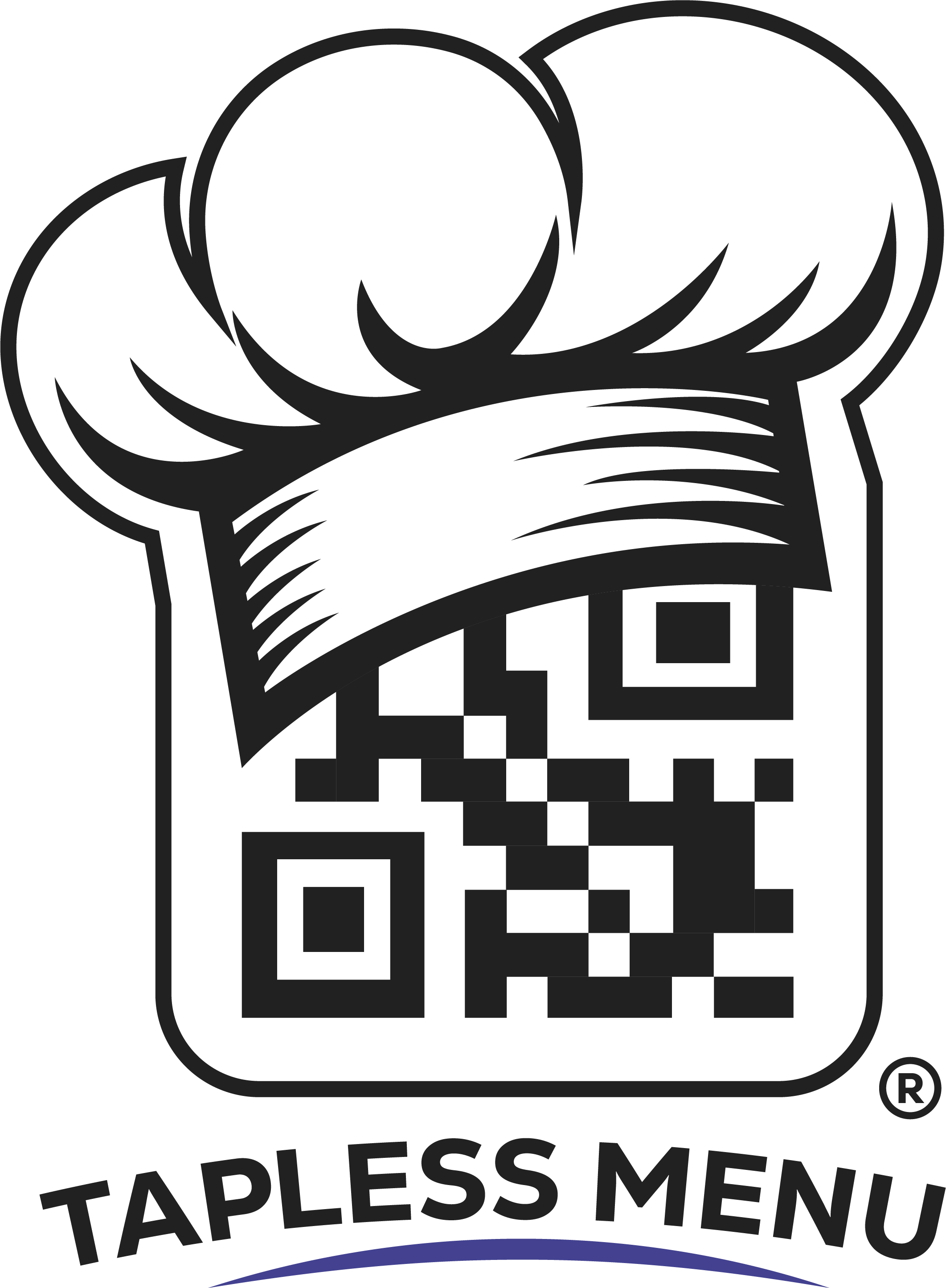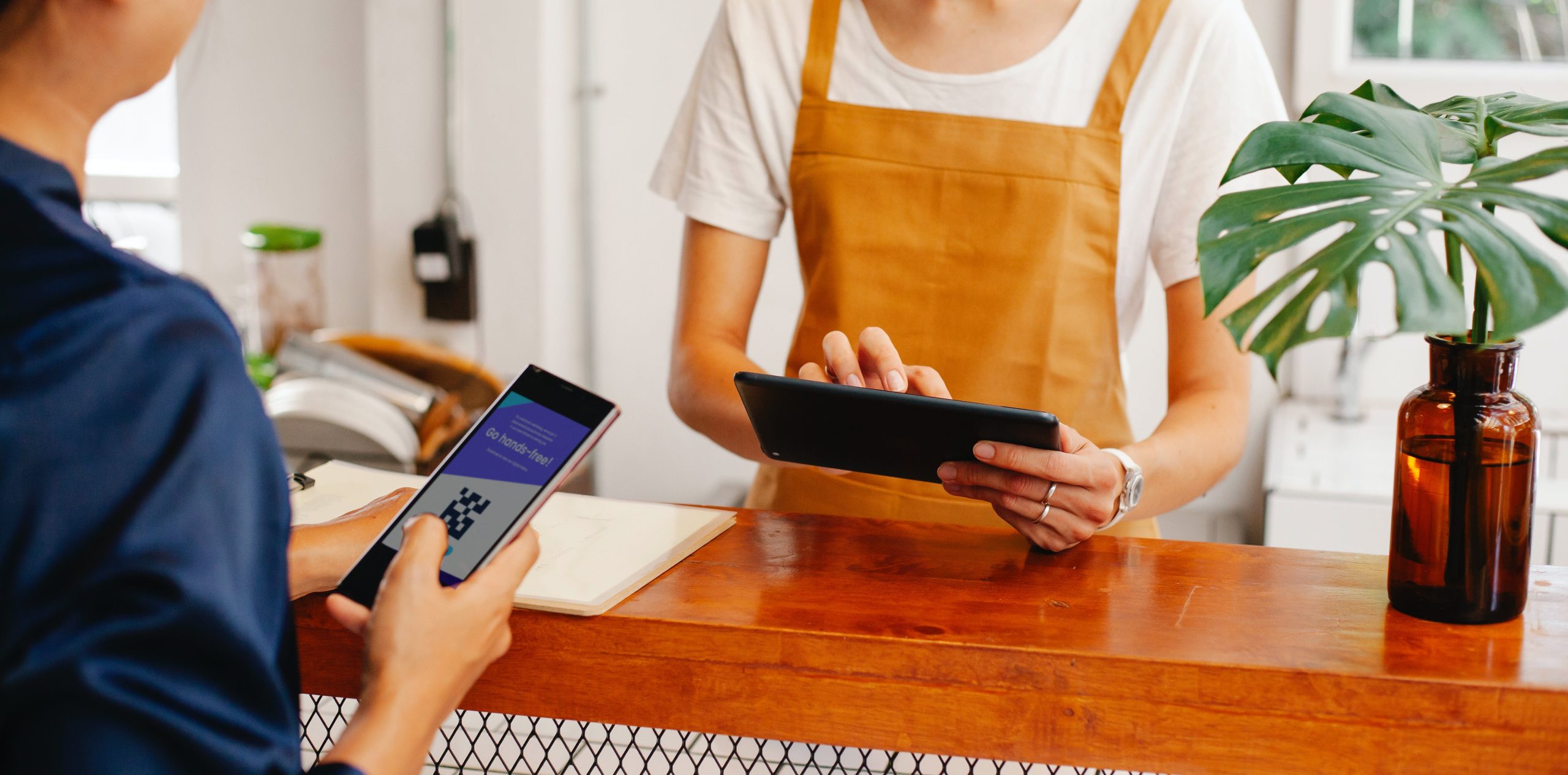QR code menus have become a staple across the restaurant industry. Scannable QR code menus allow guests to view the menu digitally on their own mobile device. For owners, QR menus provide convenience, customization options, and data insights.
This article will demystify QR code menus. We’ll explain what they are, highlight benefits, and provide tips and best practices for implementation. Let’s explore how QR code menus can help restaurant owners enhance guest experiences while gaining operational efficiencies.
What Are QR Code Menus?
A QR code (short for “quick response” code) is a scannable square barcode that links to digital content. In the restaurant context, QR codes link to an online version of the menu.
To access the menu, guests simply open their smartphone camera app and scan the QR code at their table. This pulls up the menu webpage for browsing and ordering.
QR menus come in two main formats:
1. Printed QR Codes
QR codes are printed on a physical menu or table tent placard. When scanned they link out to a digital menu.
2. Digital QR Codes
A QR code is displayed on a digital screen or tablet. Guests scan the code to access the menu on their phones.
In both cases, the QR code provides instant access to the menu digitally. This allows restaurants to reduce paper waste and provide dynamic menu experiences.
Benefits of QR Code Menus
Here are the main benefits restaurants see from implementing QR code menus:
Sustainability
QR menus significantly reduce paper waste and printing costs associated with throwaway menus. One restaurant estimated savings of 4.7 million menu pages per year.
Customization
Digital menus allow customization of layouts, designs, images and user experience. Guests appreciate engaging, app-like interfaces.
Convenience
Guests can view menus on their personal devices without waiting for servers. This improves experience while allowing staff to serve more tables.
Ordering Integration
QR codes can link directly to online ordering and payment portals for seamless transactions.
Analytics
Digital menus provide data on browsing habits and menu performance. Owners gain data-driven insights to optimize offerings.
COVID Safety
Contactless QR code menus helped guests feel safe dining out during COVID by reducing touchpoints.
Tips for Rolling Out QR Code Menus
Executing QR code menus successfully requires following best practices. Here are practical tips:
Choose the right vendor
Work with an experienced vendor that provides not just QR generation, but an optimized user experience. Tap Less Menu specializes in restaurant mobile menus with great designs.
Promote scanning
Use table tents, window signage and server training to promote scanning. Servers should prompt tables to scan the code to see menus and order. This drives adoption.
Consider printing QR codes
Though QR menus cut waste, some customers still prefer printed menus. Print paper menus with QR codes as a transitional option.
Place codes strategically
Put QR codes on tables, at host stands, on window signage, and in waiting areas to spur scans at multiple touchpoints.
Monitor usage
Use analytics to see scan rates and menu item impressions. Refine placement and promotion based on data.
Refresh content frequently
Update menus, descriptions, and pricing digitally in real time. This keeps content timely and takes advantage of the low cost of digital changes.
Integrate ordering
Link QR codes to online ordering to allow tableside ordering and payment. This maximizes convenience.
QR Menu Success Stories
Thousands of global restaurants have adopted QR code menus and seen stellar results. Here are a few real-world examples:
Faster turnover
A San Francisco fine dining restaurant installed QR tableside menus. They saw table turns increase by 8% as guests ordered and paid faster. Efficiency enabled more nightly covers.
Lower costs
A restaurant group with 18 locations reduced paper menu costs by $400,000 annually by using QR code menus. Waste fell by 80% while improving sustainability.
Enhanced experience
A rooftop bar in Miami implemented tropical themed digital QR menus to match its vibe. Guests ordered 20% more drinks via the fun interactive menu.
Increased data
A Greek restaurant chain tracked scan data to see which QR menu items got the most clicks. They optimized the menu based on this demand signal, increasing order rates.
COVID safety
A Silicon Valley cafe credited QR contactless menus as crucial to growth during COVID. Scan rates exceeded 60%, keeping guests safe while sales stayed strong.
Launch Your QR Menu with Tap Less Menu
The benefits and success stories make clear that QR code menus are a smart innovation. But many owners ask: how do I actually implement this technology?
That’s where the Tap Less Menu platform comes in.
Tap Less Menu empowers restaurants to easily deploy optimized QR code menus. Key features include:
- QR Code Builder
- Integrated online ordering
- Take out options
- Delivery options
- Table side ordering
- Contactless payment options
- Detailed analytics and reports
- Simple self-service setup
There’s no long-term contract. You only pay based on order volumes, there are no commission or transaction fees.
Embrace the Digital Future with QR Menus
As restaurant tech advances, QR code menus provide digitization made easy. For guests, QR menus enable convenience, safety and personalization. For owners, they drive efficiency while providing data insights into menu performance.
With turnkey solutions from Tap Less Menu, any restaurant can now affordably implement feature-rich QR code menus. To explore how QR menus can benefit your restaurant, request a demo at TapLessMenu.com today.

